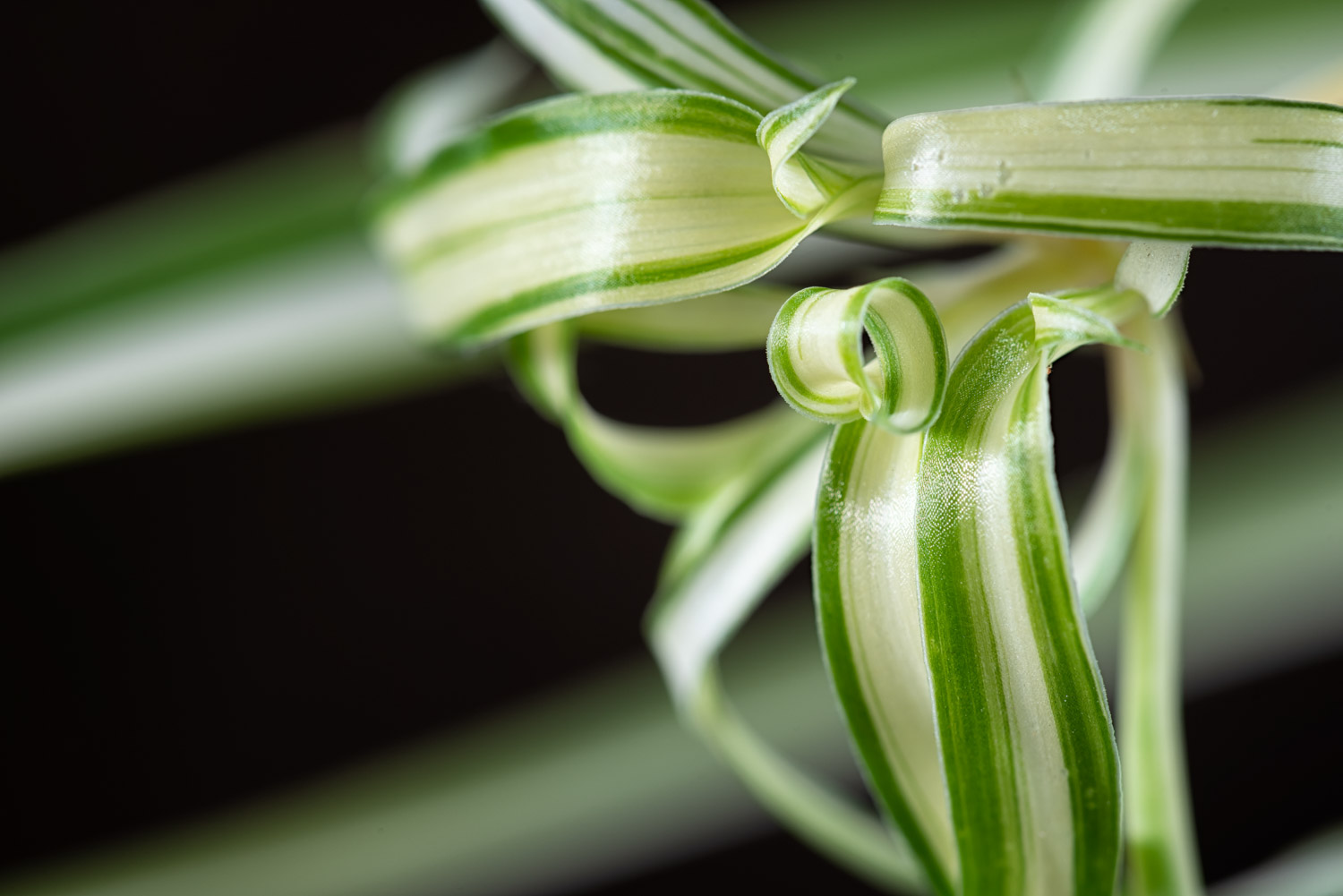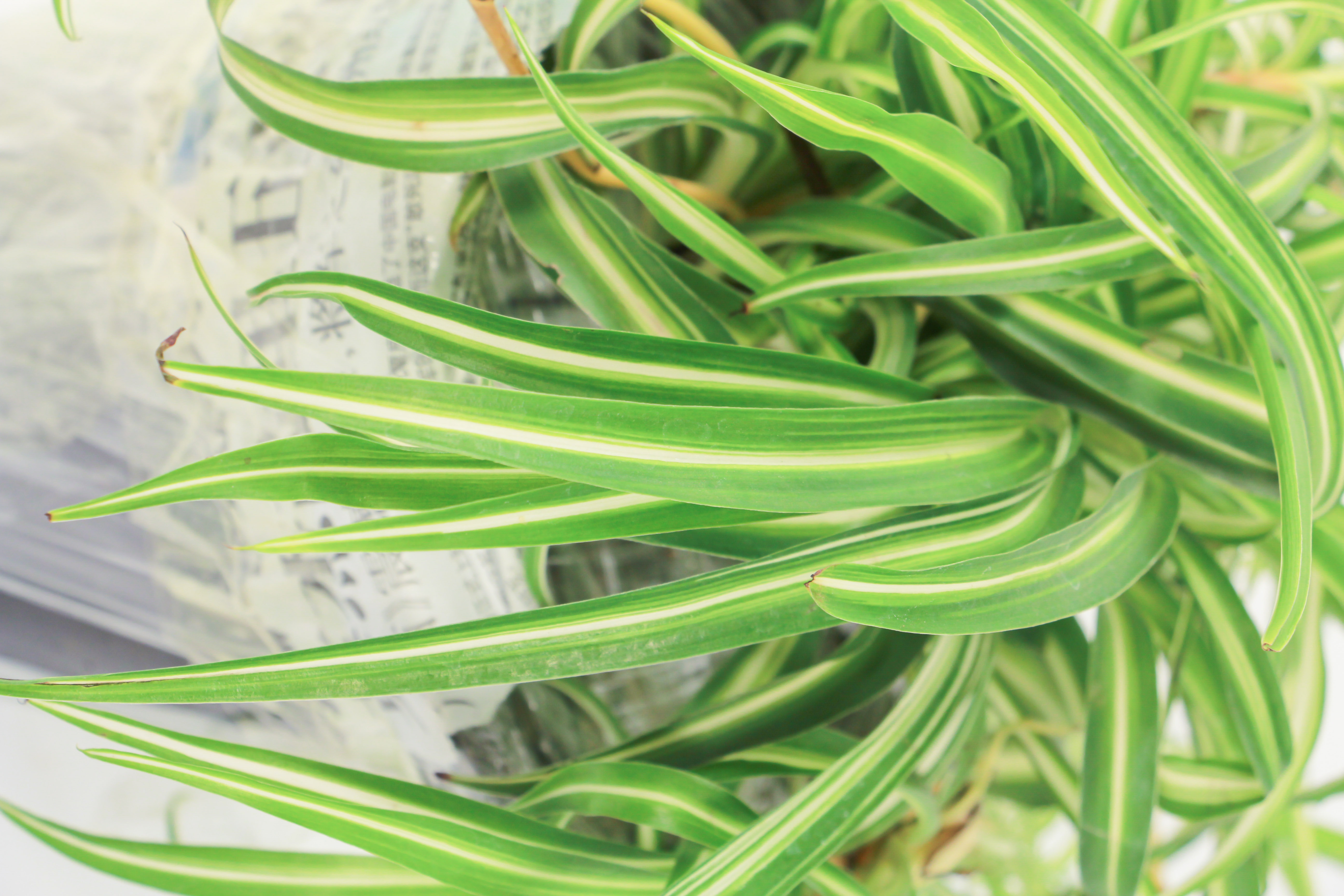1、 Hydroponics
1. Advantages: there are many advantages of hydroponic Chlorophytum: the health state of plants is more intuitive when water samples are taken, especially the roots. When diseases occur, it can be seen at a glance that they can be treated in time. This is incomparable with soil culture. Moreover, hydroponic containers have great selectivity. In addition to choosing different containers, aquatic animals and plants can also be raised in the container. Aquatic plants can be planted in the water tank, goldfish, crabs And other small aquatic animals will greatly improve the ornamental ability of plants. This is also not available in soil culture. As long as the water is changed frequently, bacteria will not grow in water culture. It is more hygienic than soil culture

2. Disadvantages: watered utensils are generally made of glass. Once they are accidentally broken, they are easy to cut, so they are not safe to place. In hydroponics, the nutrient composition of water is single and limited, so it is necessary to add nutrient solution, which is not a small expense and not very affordable

2、 Soil culture
1. Advantages: the pots used for earth raised Chlorophytum are generally made of clay, which is safer than glassware. Soil nutrients are diversified and sufficient, which is unmatched by water culture. Therefore, under normal circumstances, soil plants grow more vigorously than water plants

2. Disadvantages: the selection space of utensils for soil cultivation is not large, so the ornamental quality is not as high as that of water cultivation. Bacteria and small insects are easy to grow in the soil, and the basin soil needs to be disinfected regularly. In terms of breeding procedures, it is more cumbersome than water culture

 how many times do yo...
how many times do yo... how many planted tre...
how many planted tre... how many pine trees ...
how many pine trees ... how many pecan trees...
how many pecan trees... how many plants comp...
how many plants comp... how many plants can ...
how many plants can ... how many plants and ...
how many plants and ... how many pepper plan...
how many pepper plan...


























